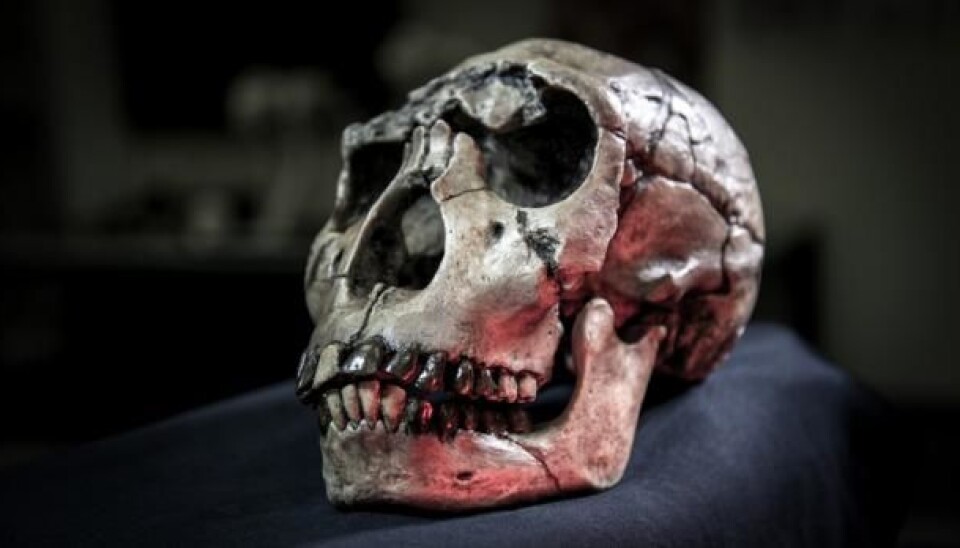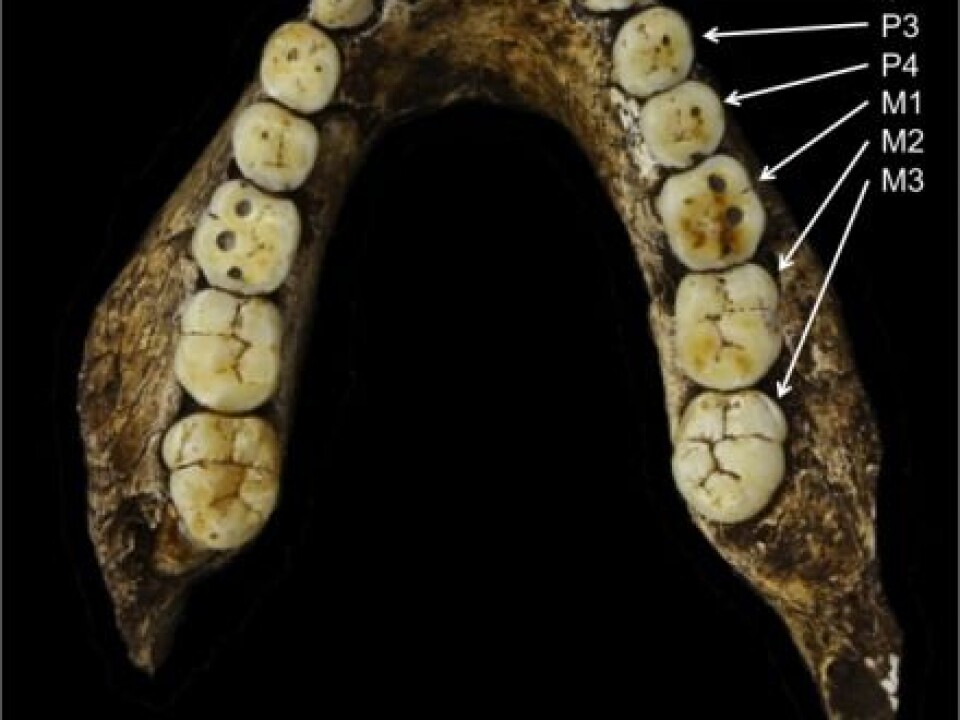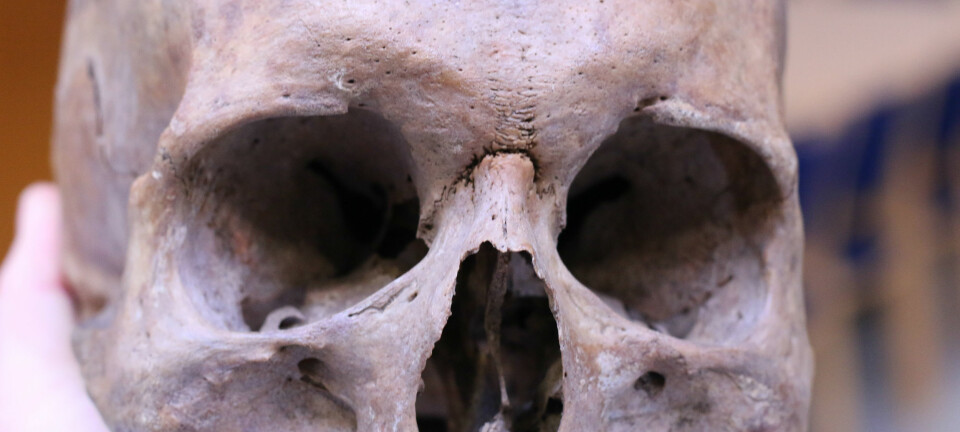
Evolution will make our wisdom teeth disappear
A simple mathematical formula explains why our teeth look the way they do and suggest that our wisdom teeth will eventually disappear.
Scientists have found a simple mathematical formula to explain the development of our teeth.
The formula is a completely new tool that scientists can use to investigate human evolutionary history, and it might even settle important questions about our ancestors. Questions such as who the earliest members of the Homo family tree, 2.5 to 3 million years ago, were.
"We have found a mathematical rule that can objectively evaluate the evolution of different parts of the body," says lead-author Professor Jukka Jernvall University of Helsinki, Finland.
The results are published in the scientific journal Nature.
Teeth can reveal lifestyle and behavior

Teeth are important tools in evolutionary research as they are relatively hard and often better preserved than skulls and bone--and they can also reveal how extinct species once lived.
"Teeth are lovely fossils. Much of our knowledge of human evolution comes from dental studies," says Professor Peter Kjærgaard, director of the Natural History Museum of Denmark.
According to Kjærgaard, who was not involved in the new research, the study gives us another important tool for using teeth to investigate the evolutionary history of our species.
"I’m excited to see the analytical power of the potential to make testable predictions that the group is promising. It will be a big step forward," he says.
New formula describes the development of molar teeth
In 2007, Jernvall and colleagues started an experiment to grow mice teeth in petri dishes. They found a simple mathematical formula that described the development of the size of the teeth according to their position.
They showed that tooth development is controlled by a very simple system, starting with the jaw tissue, which activates the growth of each tooth. At the same time each tooth secretes a substance that flows to the adjacent tooth and slows its growth.
"There’s been a big debate about how the jaw or the adjacent teeth interact during development. We show that the first molar inhibits the next, and the second molar inhibits the third, in what we call an inhibitory cascade," says Jernvall.
The system does not only apply to mice, but can also describe tooth development in all mammals--including us.
Wisdom teeth soon to disappear
Our early ancestors tended to have larger molar teeth, which were positioned further back along the jaw. This relationship was generally consistent among species, though tooth size was greatly variable.
But this pattern switched in the Homo genus. Now the first molar tooth (M1) was the largest and the teeth on either side were smaller.
"In this context, the new study also explains why we are now losing our wisdom teeth--it’s simply a pattern that was already established at the beginning of our family tree," says Jernvall.
So long as you know the species, the model can precisely describe tooth development and predict the size of teeth in the dental arch based on a single tooth.
Thus the formula could be used to answer important questions about our own evolutionary history.
First step to describe the body's development using math
Perhaps the greatest significance of the study is that it demonstrates how the evolutionary development of our bodies can be described mathematically.
In a perspective article in Nature, that accompanies the new study, Aida Gómez Robles, an evolutionary biologist from The George Washington University, USA, describes how ribs, vertebrae, limbs, fingers, and teeth are all formed in a similar way--by repeated variation of the same element.
“Teeth can therefore be useful in identifying developmental mechanisms operating in these other systems,” she writes.
So this simple model of tooth formation may even provide the foundation for identifying similar rules that describe the formation of other body structures.
For example, the shape of our vertebrae are closely linked to our upright gait, just like the shape of our fingers are associated with our precision grip, which opened the way for us to make and use precision tools.
Having a formula to describe these features could help us understand some of the greatest mysteries of our evolutionary history.
--------------------
Read the Danish version of this story on Videnskab.dk
Translated by: Catherine Jex










